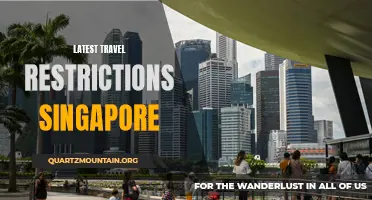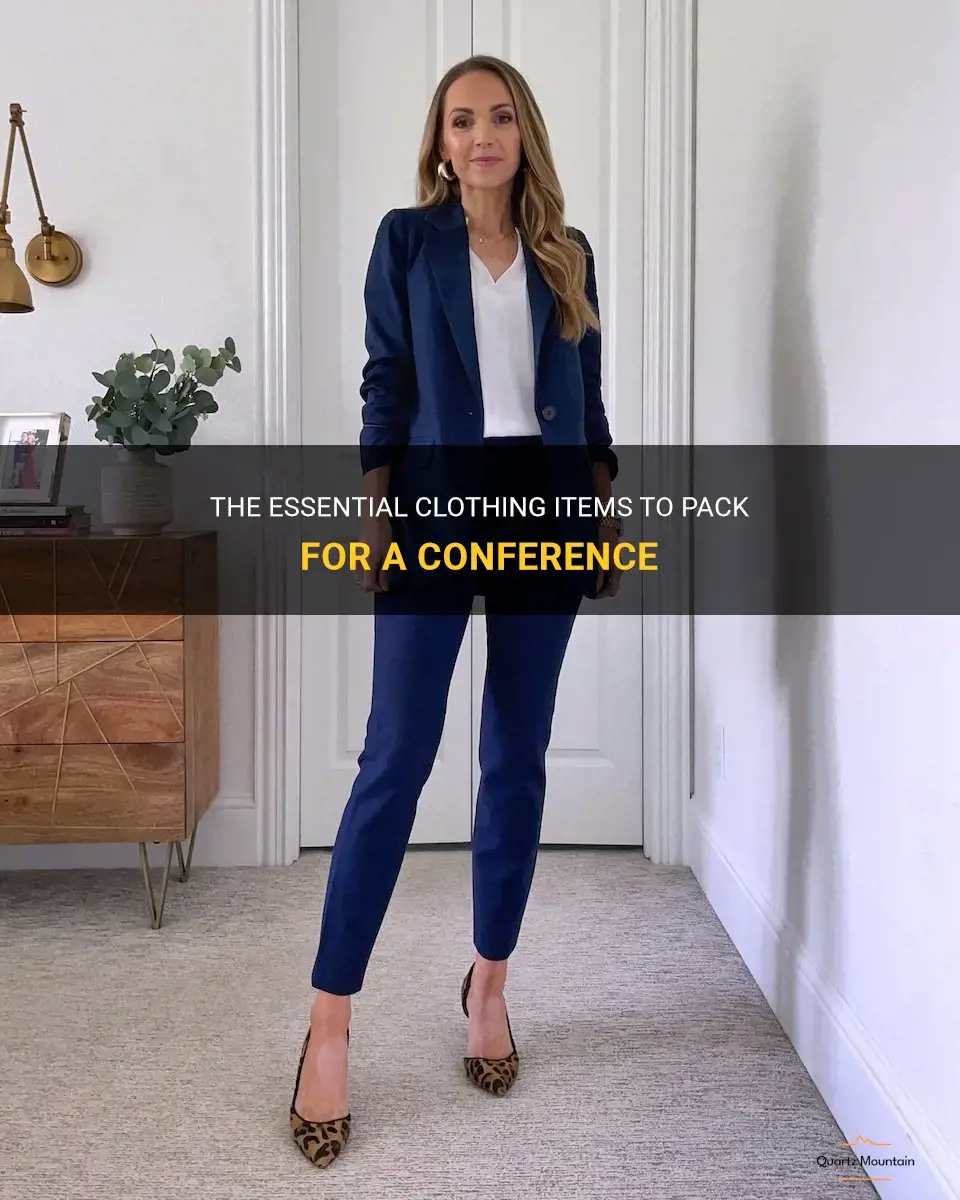
Attending a conference can be an exciting and exhilarating experience. It's a chance to network, learn, and showcase your expertise. But what items should you pack to ensure you make a great impression? It's important to have a well-thought-out wardrobe that is both professional and comfortable. In this guide, we will walk you through the essential clothing items you need to pack for a conference, so you can arrive prepared and stylish, ready to make the most out of your conference experience.
What You'll Learn
- What is the appropriate dress code for the conference?
- How many days will the conference last, and how many outfits should I pack?
- What types of clothing are suitable for both the conference sessions and any social events?
- Are there any specific items or accessories that I should bring to adapt to different weather conditions or cultural norms?
- Are there any restrictions on certain types of clothing or accessories that I should be aware of?

What is the appropriate dress code for the conference?
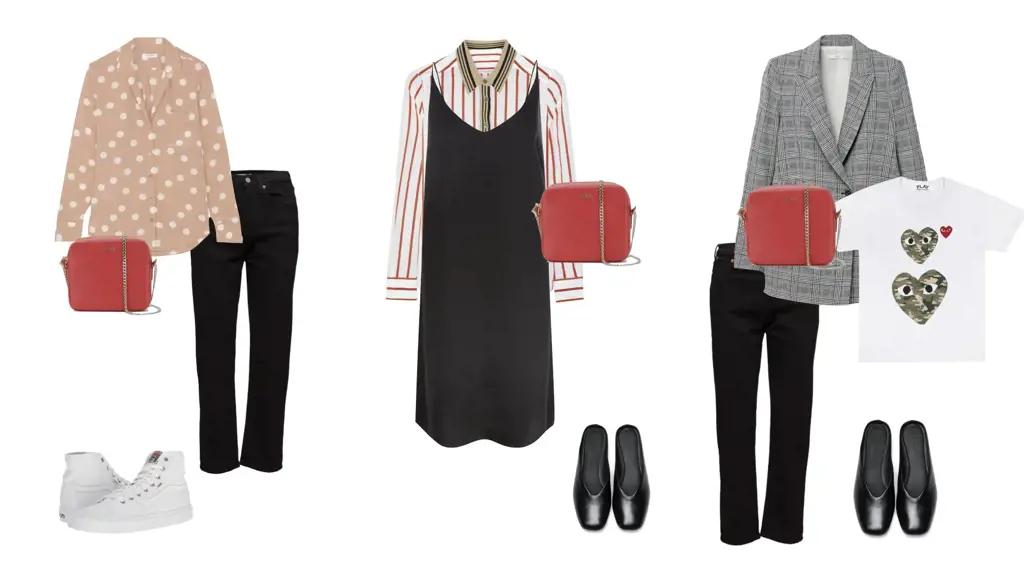
Conference dress codes can vary depending on the nature and level of formality of the event. In this article, we will cover some general guidelines and considerations for dressing appropriately for a conference.
- Research the dress code: Before attending a conference, it is important to research and understand the dress code. Many conferences have specified dress codes mentioned in their invitation or on their website. This can give you a clear idea of the level of formality expected at the event.
- Consider the industry: The appropriate dress code can also depend on the industry of the conference. For example, a conference in the tech industry may have a more relaxed dress code compared to a conference in the finance or legal sector, which may require more formal attire.
- Dress professionally: Regardless of the specific dress code, it is always safe to dress professionally for a conference. This means wearing clean and ironed clothes that fit well. Opt for tailored pants, skirts, or dresses, along with collared shirts or blouses. Avoid wearing clothes that are too tight, revealing, or have offensive slogans.
- Avoid casual attire: Unless explicitly stated, it is generally best to avoid casual attire such as jeans, t-shirts, sneakers, and flip-flops at a conference. These types of clothing can give off a more casual and unprofessional impression, which may not be appropriate for a professional gathering.
- Pay attention to grooming: In addition to your clothing, it is important to pay attention to grooming for a conference. Make sure your hair is neatly styled, and consider wearing minimal and appropriate makeup. Keep your overall appearance clean and polished by ensuring nails are trimmed and clean.
- Dress for comfort: While it is important to dress professionally, it is equally important to dress comfortably for a conference. Conferences can often involve long hours of sitting or standing, so choose shoes that are comfortable and allow you to move freely. Avoid wearing high heels or shoes that pinch, as this can make the conference experience less enjoyable.
Examples:
Example 1: If you are attending a conference in the medical field, it would be appropriate to dress more formally. Men may opt for a suit or dress pants with a collared shirt, while women may choose a tailored dress or pantsuit.
Experience: I recently attended a medical conference, and most attendees were dressed in business attire, with some even wearing white lab coats, highlighting their profession.
Example 2: A conference in the creative industry, such as a design or art conference, may have a more relaxed dress code. Men might wear casual trousers or jeans with a button-down shirt or a neat t-shirt, while women could opt for a fashionable dress or tailored pants with a trendy blouse.
Scientific: A study published in the Journal of Applied Psychology found that a more relaxed dress code in creative industries can lead to increased creativity and employee satisfaction.
In conclusion, the appropriate dress code for a conference can vary depending on factors such as the level of formality, industry, and conference guidelines. It is always best to dress professionally, regardless of the specific dress code, and to consider the comfort of your attire for the duration of the event. By being mindful of these considerations, you can ensure that you are appropriately dressed for the conference and make a positive impression on fellow attendees.
The Essential Guide: What to Pack for a Surf Trip with Surf Simply
You may want to see also

How many days will the conference last, and how many outfits should I pack?
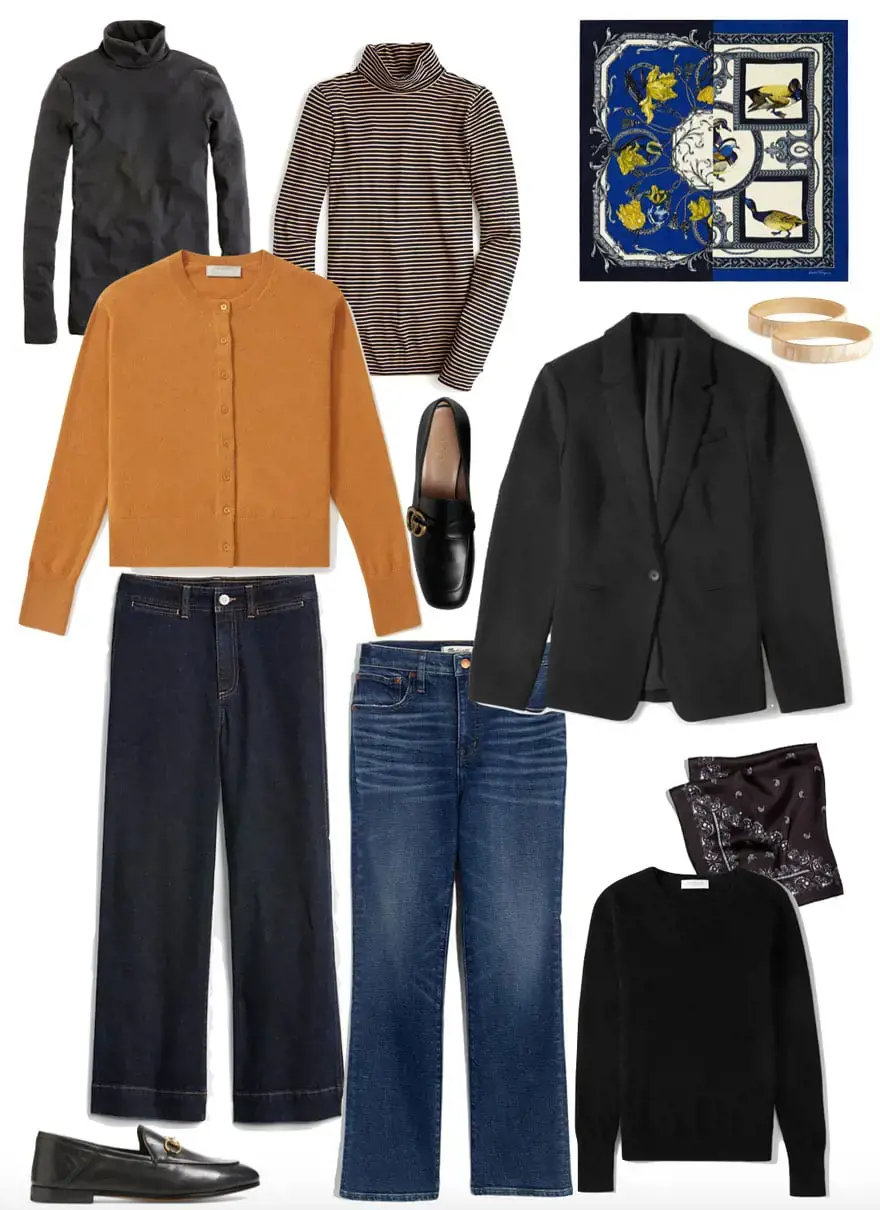
When attending a conference, it is essential to plan ahead and be prepared. One of the common questions that arises is how many days the conference will last and how many outfits should be packed. In this article, we will explore some factors to consider and provide guidance on packing for a conference.
Duration of the Conference:
First and foremost, it is crucial to determine the exact number of days the conference will last. This information is typically available on the conference website or can be obtained from the organizers. Once you have this information, you can better plan for the number of outfits you will need.
Professional Attire:
Conferences are professional events where attendees are expected to dress appropriately. It is a good idea to bring a different outfit for each day of the conference. This will ensure that you have a fresh and professional look for each day. Additionally, it is always better to be overdressed than underdressed for such events.
Climate and Location:
Different locations and climates require different types of clothing. If the conference is held in a warmer climate, you may opt for lighter, breathable fabrics. Conversely, if the conference is in a colder climate, you will want to pack warmer layers and accessories. Consider the weather forecast for the conference dates to better plan your outfits.
Mix and Match:
To make the most out of your outfits and minimize the number of items you need to pack, try to pack pieces that can be mixed and matched. For example, you can bring a few basic tops and bottoms that can be paired together in different combinations. This strategy maximizes your outfit options while minimizing the amount of clothing you need to bring.
Consider the Schedule:
Take a closer look at the conference schedule and any planned activities or events. If there are specific dress codes mentioned, make sure to pack accordingly. For example, if there is a formal gala dinner, you will need to bring appropriate formal attire. Similarly, if there are any outdoor activities, pack appropriate attire such as comfortable shoes and outdoor clothing.
Comfort is Key:
While it is important to dress professionally, it is equally important to prioritize your comfort during the conference. Ensure that the outfits you pack are comfortable for long days of networking, attending sessions, and moving around. Avoid packing clothes or shoes that are too tight or restrictive as they may hinder your ability to fully participate in the conference.
In conclusion, when packing for a conference, it is essential to consider the duration of the event, the professional attire expected, the climate and location, and the conference schedule. By carefully planning your outfits and considering all these factors, you can ensure that you are well-prepared and appropriately dressed for the conference. Remember to prioritize comfort and flexibility in your clothing choices to make the most out of your conference experience.
Streamlining Your Travel: Leaving Behind the Unnecessary for a Lighter Journey
You may want to see also

What types of clothing are suitable for both the conference sessions and any social events?
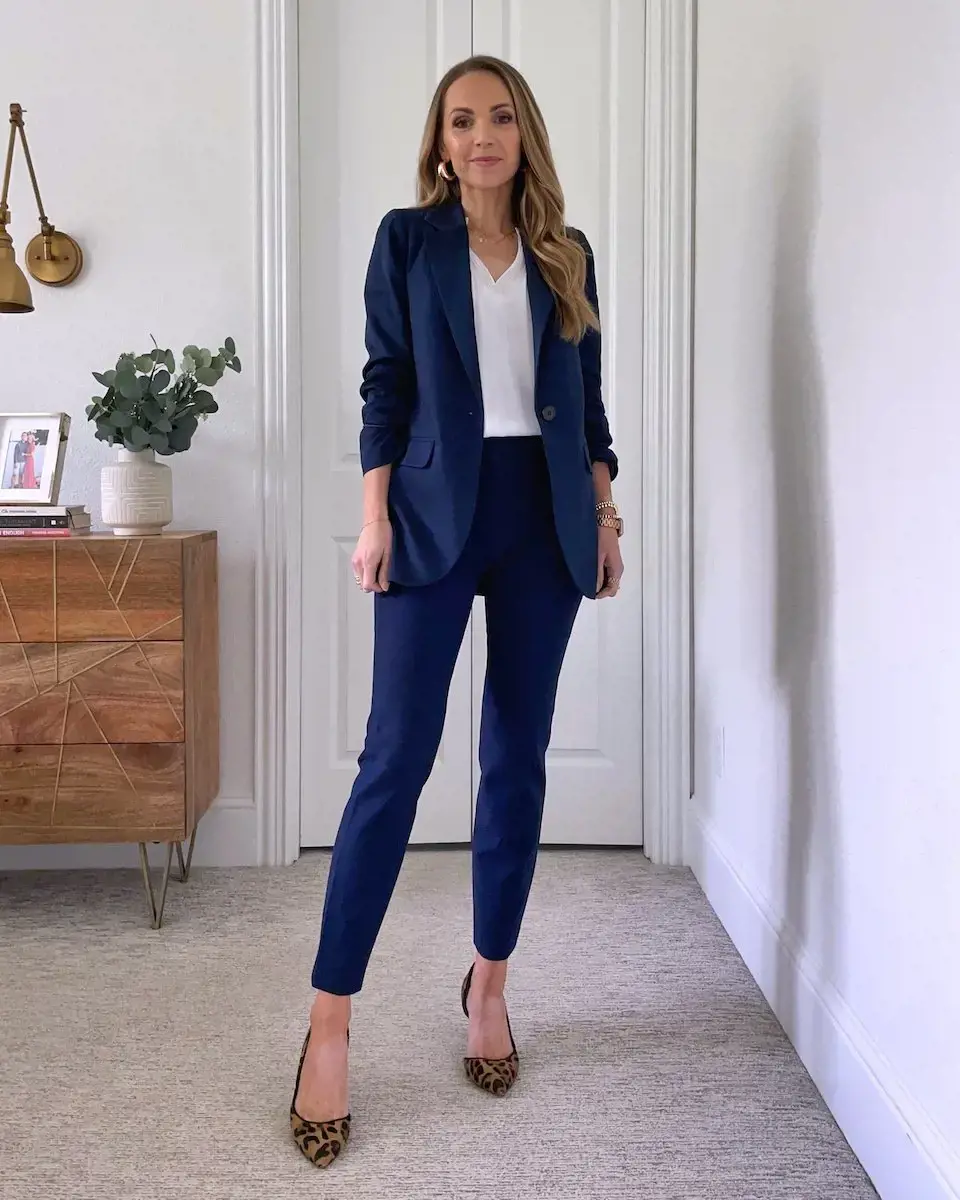
When attending a conference, it is important to dress appropriately for both the formal sessions and any social events that may take place. This can be a bit challenging as you want to look professional during the conference but still want to be comfortable during the social events. In this article, we will discuss the types of clothing that are suitable for both the conference sessions and any social events.
Formal Sessions:
During the formal conference sessions, it is important to dress professionally. This means wearing business attire such as suits, dress shirts, and dress pants for men, and suits, blouses, and skirts or dress pants for women. Make sure that your clothing is clean, pressed, and in good condition. Avoid wearing clothing with distracting patterns or logos, as it may divert attention from your presentation or the content of the session.
Social Events:
Social events during conferences can vary widely, from cocktail parties to casual outings. It is important to dress appropriately for each event. For cocktail parties or more formal social events, you can opt for dressier attire such as cocktail dresses or dress shirts and dress pants. For more casual social events, you can opt for smart casual attire such as trousers or skirts paired with a nice blouse or button-down shirt.
Comfort is Key:
While it is important to dress professionally for both the conference sessions and social events, it is also important to feel comfortable in what you are wearing. Conferences can be long and tiring, so it is important to choose clothing that allows you to move around easily and doesn't restrict your movements. Opt for clothing made from breathable fabrics that will keep you comfortable throughout the day. Also, make sure to wear comfortable shoes as you may be on your feet for long periods of time.
Accessories:
Accessories can play a big role in elevating your conference attire. For formal sessions, opt for minimal and understated accessories such as a watch or a simple necklace. For social events, you can experiment a bit more with your accessories. Add a statement necklace or a pair of stylish earrings to dress up your outfit. However, remember to strike a balance and not go overboard with accessories, as it can distract from your overall appearance.
In summary, when attending a conference, it is important to dress appropriately for both the formal sessions and any social events. Dress professionally for the conference sessions by wearing business attire, and choose appropriate attire for social events based on their formality. It is also important to prioritize comfort and choose clothing made with breathable fabrics. Finally, accessorize smartly to elevate your overall appearance without going overboard. By following these guidelines, you will be able to dress appropriately and confidently for any conference situation.
The Ultimate Guide to Backcountry Camping: What to Pack for an Unforgettable Adventure
You may want to see also

Are there any specific items or accessories that I should bring to adapt to different weather conditions or cultural norms?

When traveling to different destinations, it is important to be prepared for varying weather conditions and cultural norms. This involves bringing specific items or accessories that can help you adapt and make your trip more comfortable and enjoyable. Here are some key items to consider packing for your next adventure:
- Weather-appropriate clothing: Research the weather conditions of your destination and pack accordingly. If you are traveling to a tropical location, pack lightweight and breathable clothing like shorts, t-shirts, and dresses. On the other hand, if you are traveling to a colder climate, pack warm layers including sweaters, jackets, and thermal underwear. It is always a good idea to bring a waterproof jacket or umbrella, as weather can be unpredictable.
- Comfortable shoes: Whether you are exploring the city streets or hiking rugged terrain, comfortable shoes are a must. Opt for a pair of walking shoes or sneakers that provide good support and cushioning. If you are planning on hiking or participating in outdoor activities, consider packing a pair of sturdy hiking boots.
- Adapters and converters: Electrical outlets and voltage can vary from country to country. To ensure you can charge your devices, pack a universal adapter that fits different types of outlets. Additionally, if your destination has a different voltage than your home country, bring a voltage converter to prevent damage to your electronic devices.
- Travel-sized toiletries: It is always a good idea to bring travel-sized toiletries such as shampoo, conditioner, toothpaste, and sunscreen. This allows you to freshen up during your journey without carrying large bottles. Don't forget to check the liquid restrictions imposed by airlines, and pack your toiletries in a clear, zip-top bag.
- Culturally appropriate clothing: When visiting countries with different cultural norms or religious practices, it is essential to respect local customs. Before your trip, research the dress code and pack clothing that aligns with the cultural norms of your destination. In some countries, it may be necessary to cover your shoulders, legs, or head when visiting religious sites or conservative areas.
- Medications and first aid kit: If you have any prescription medications, make sure to pack them in their original containers. It is also a good idea to bring a small first aid kit containing essentials such as band-aids, pain relievers, antiseptic cream, and any other necessary medications specific to your needs.
- Travel insurance: While not an item or accessory per se, having travel insurance is crucial for any trip. It provides you with peace of mind by covering unexpected expenses such as medical emergencies, trip cancellations, or lost luggage. Be sure to review the policy and understand the coverage before your departure.
- Portable charger: In this age of technology, it is important to keep your devices charged and ready to use. A portable charger is a handy accessory that ensures you always have a power source, especially when you are on the go or in areas where outlets may not be readily available.
Remember to check the specific guidelines and restrictions of your airline and destination regarding baggage size, weight limits, and prohibited items. By packing these essential items and accessories, you will be better equipped to adapt to different weather conditions and cultural norms, making your trip more enjoyable and hassle-free.
The Ultimate Guide to Deciding What to Pack on a Trip
You may want to see also

Are there any restrictions on certain types of clothing or accessories that I should be aware of?

When it comes to clothing and accessories, there can be certain restrictions based on cultural, religious, or social norms. It is always important to be aware of these restrictions to avoid any unintentional offenses or misunderstandings. In this article, we will discuss some common restrictions on clothing and accessories and why they exist.
Cultural Restrictions:
Different cultures may have specific expectations or guidelines when it comes to clothing and accessories. For example, in many Middle Eastern countries, it is customary for women to dress modestly, covering their hair and body. Wearing revealing clothing or showing too much skin may be seen as disrespectful or inappropriate. Similarly, some Asian cultures have traditional clothing customs that may require certain dress codes for formal events or religious ceremonies.
Religious Restrictions:
Religious beliefs can also influence clothing and accessory choices. For instance, in Islam, both men and women are expected to dress modestly, with women often wearing a hijab or headscarf. Orthodox Jewish communities may have their own guidelines regarding modesty and may require women to cover their hair with a wig or a hat. Additionally, certain religious practices may restrict the wearing of specific colors or symbols that are associated with other belief systems.
Workplace Restrictions:
Your place of work may have its own dress code policy, which can vary depending on the industry and company culture. Some workplaces may require employees to wear professional attire, such as suits and ties, while others may have a more casual dress code. It is essential to familiarize yourself with your company's dress code policy to ensure that you are dressing appropriately for the workplace.
Social Restrictions:
Societal norms and expectations can also play a role in determining what is considered appropriate clothing and accessories. For example, in some social settings, it may be frowned upon to wear certain types of clothing that are associated with subcultures or movements. Additionally, there may be restrictions on wearing offensive or controversial symbols or images that can cause discomfort or offense to others.
Restrictions on clothing and accessories often stem from cultural, religious, or social values and norms. These norms are developed over time and serve to maintain order and respect within a community. By adhering to these restrictions, individuals show their respect for the beliefs and values of others. Additionally, clothing and accessories that comply with these restrictions can provide a sense of identity, belonging, and solidarity within a particular community.
In conclusion, there can be various restrictions on certain types of clothing and accessories based on cultural, religious, or social factors. It is important to understand and respect these restrictions to avoid causing offense or misunderstanding. By being aware of these restrictions, we can appreciate the diversity of beliefs and values that exist in our world.
Essential Items for Your Travel Packing Checklist
You may want to see also
Frequently asked questions
The number of outfits you should pack for a conference will depend on the number of days you will be attending the conference. It is generally recommended to have at least one outfit for each day, along with some additional options in case of unexpected events or changes in plans.
When packing for a conference, it is important to consider the dress code and the nature of the conference itself. If the conference is formal or business attire is expected, it is best to pack professional clothing such as suits, blouses, and dress pants or skirts. For more casual or industry-specific conferences, business casual attire may be more appropriate. It is also important to bring comfortable shoes, as conferences often involve a lot of walking and standing.
To pack efficiently for a conference, it is helpful to plan your outfits in advance. Consider what activities you will be participating in during the conference, as well as the weather conditions at the conference location. This will help you determine the appropriate clothing items to pack. Additionally, aim to mix and match your clothing items to create different outfit combinations, reducing the overall number of items you need to pack. Rolling your clothes instead of folding them can also help save space in your suitcase.




